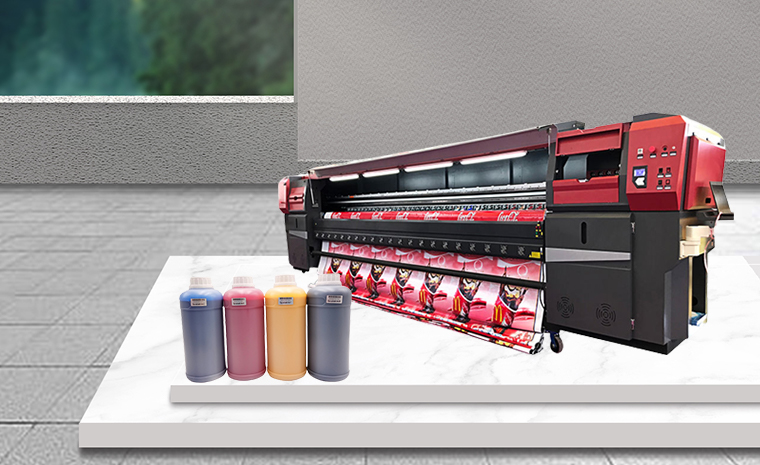How to Maintain Wide Format Pinter at Humid Environment?
How to Maintain Wide Format Pinter at Humid Environment?
Frequent rain and high air humidity will have a greater impact on the printer, which may easily cause problems such as vertical lines of the nozzle, blackout, or no ink. So in the rainy weather, how to maintain the large format printer?
Below, Our will share with you some maintenance tips to help you spend the rainy season easily.
1. Before turning on the machine every day, be sure to use a hair dryer to blow the main board, trolley board and the sockets of the data cables at both ends for 5-10 minutes to keep the board dry to reduce the impact of moisture and avoid vertical lines, blackening of the nozzle and no ink from the nozzle holes. And so on.
2. Pay attention to the indoor rain and moisture. If possible, it is recommended to use a dehumidifier in the working place of the photo machine, or turn on the air conditioning dehumidification mode, or place some dehumidifiers to assist drying.
3. Humid air will result in slow drying of the output screen of the photo machine. It is recommended that the user turn on the printing heating function of the photo machine or an external dryer when working. Appropriately slowing down the printing speed will also help the screen dry.
4. In the morning and evening, pay attention to closing the doors and windows to prevent moisture and water vapor from entering the room. You can wait until the weather turns clear before opening the doors and windows for ventilation.
5. Pay attention to the storage method of related printing media. The printing media is easy to absorb moisture and get damp. It is easy to cause the ink to scatter during printing and affect the printing effect. Therefore, the printing materials should be returned to the original packaging after each use, and try not to touch the ground and walls.
If the print head is black, or a certain color does not produce ink, please turn off the machine as soon as possible, and then use the above methods to solve it, so as to avoid damage to the print head to the greatest extent.
